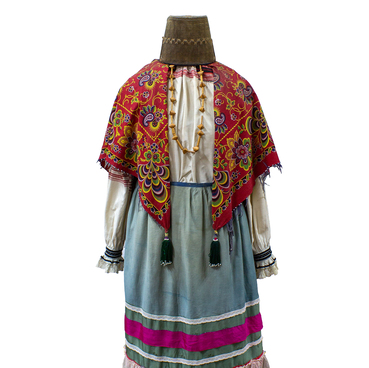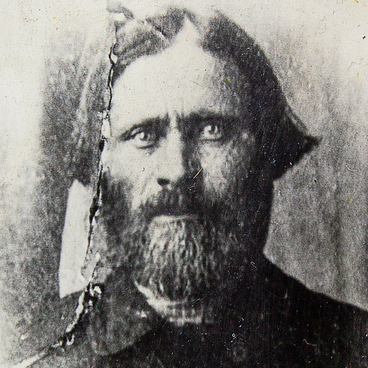That moment marked the start of the telephone era. The new device was modified by numerous inventors in various countries. In 1878, the first manual telephone switchboard was launched with 21 subscribers. It was located in the town of New Haven, Connecticut.
Telephone communication developed rapidly, and its quality improved all the time. More and more people were getting used to the new means of fast communication and wanted to have telephones at home. Instead of a dial, the first telephones had an induction crank. The user had to rotate the crank to call an operator who established the connection with the necessary subscriber. Many switchboard operators were young women with a nice voice and long arms, as they had to reach far-away switchboard jacks and plugs.
A telephone switchboard consisted of subscribers’ line equipment, cord pairs, and equipment used by the operator. Usually, one switchboard had 100–140 line sets and 15–20 cords. It meant that the switchboard could be connected to 140 telephones and allowed up to 20 calls at the same time.
The operator’s equipment comprised devices that were used by the operators to talk with subscribers, including headphones, carbon microphones, and a source of current for sending ringing signals over a line. When a call was received, a special lamp would light up on the switchboard. To respond to the connection request, the operator would switch the key into the ‘O’ position. After answering the call, the operator inserted the plug into the associated jack and switched the key into the ‘B’ position, sending the signal into the corresponding line.



